ALBANIA 11 DAYS
from €1,117.00
Group size 10 Start Durres
Countries 1 End Tirana
-
Reviews 2 Reviews3/5
-
Vacation Style Holiday Type
-
Activity Level Leisurely
-
Group Size Medium Group
All about the ALBANIA 11 DAYS.
Discover with us one of the oldest countries in Europe. It looks like time has stopped, national heroes Skanderbeg still reign in their castle and history comes back to life. But even here, the modern world is noticeable – so do not miss the opportunity to experience the originality of Albania. It has everything, beautiful landscapes, mountains, sea, beaches, but it is unlike anything you have seen before.

The tour package inclusions and exclusions at a glance
What is included in this tour?Items that are included in the cost of tour price.
- 9 x nights: 3 x Hotel Te Stela Resort 4* (or similar) in Durres , 1 x Hotel Picasso 4* (or similar) in Vlora, 1 x Hotel Bahamas 4* (or similar) in Saranda, 1 x Hotel Cajupi 4* (or similar) in Gjirokastra, 2 х Hotel Belvedere 4* (or similar) in Ohrid, 1 х Hotel Mondial 4* (or similar) in Tirana.
- All-route English-speaking guide.
- Meals: HB + lunch on Day 8.
- Transfer by modern coach throughout the whole trip.
- English-speaking city tours: Durres, Tirana, Kruja, Berat, Porto Palermo, Saranda, Gjirokastra,Permet, Korca, Ohrid, Pogradec, Elbasan.
- Entrance + guided tour: all sacred buildings according to program; ruins and
- Archaeological Museum in Durres; National Museum in Tirana; Skanderbeg Museum in Kruja, National Iconographic Museum “Onufri” in Berat, ruins and Archaeological Museum in Apollonia, ruins in Butrint, fortress and National Museum of Armaments in Gjirokastra, Museum Of Medieval Art in Korca, Samuel’s Fortress in Ohrid, Archaeological Site “Real Scampis”.
- Other Highlights: thermal baths in Durres; Skanderbeg Square, City Hall, National Theater,Government District in Tirana; the medieval castle, old town, felt workshop in Kruja; wine tasting in Kallmet; Castle in Berat; Castle in Porto Palermo; visit to Blue Eye Spring; Hoxha House and Kadare House, Turkish Baths, Bunker in Gjirokastra; Sveti Naum Monastery and boat trip in Ohrid.
What is not included in this tour?Items that are not included in the cost of tour price.
- Visa Fee
- Travel Insurance
- Flights
- Single Supplement
- Any meals not mentioned
- Any transfers not mentioned (e.g. first and last day)
- Any expenses of a personal nature
- Camera/video permits
- Tips to the guide and driver
- Day 1 Arrival
- Day 2 First glance on Albania
- Day 3 Tirana
- Day 4 Kruja: the last bulwark against the Ottomans
- Day 5 In the city of a thousand windows
- Day 6 Picturesque views and antiquity
- Day 7 Coffee aroma known for a thousand years
- Day 8 To Lake Ohrid
- Day 9 Macedonian coloristic touches
- Day 10 Back to Albania
- Day 11 Departure
Most of Albania is accessible year-round, but if you plan to travel through the mountains of the south or north, you might avoid the rainy/snowy winter months (January and February).
Overall Rating
3/5

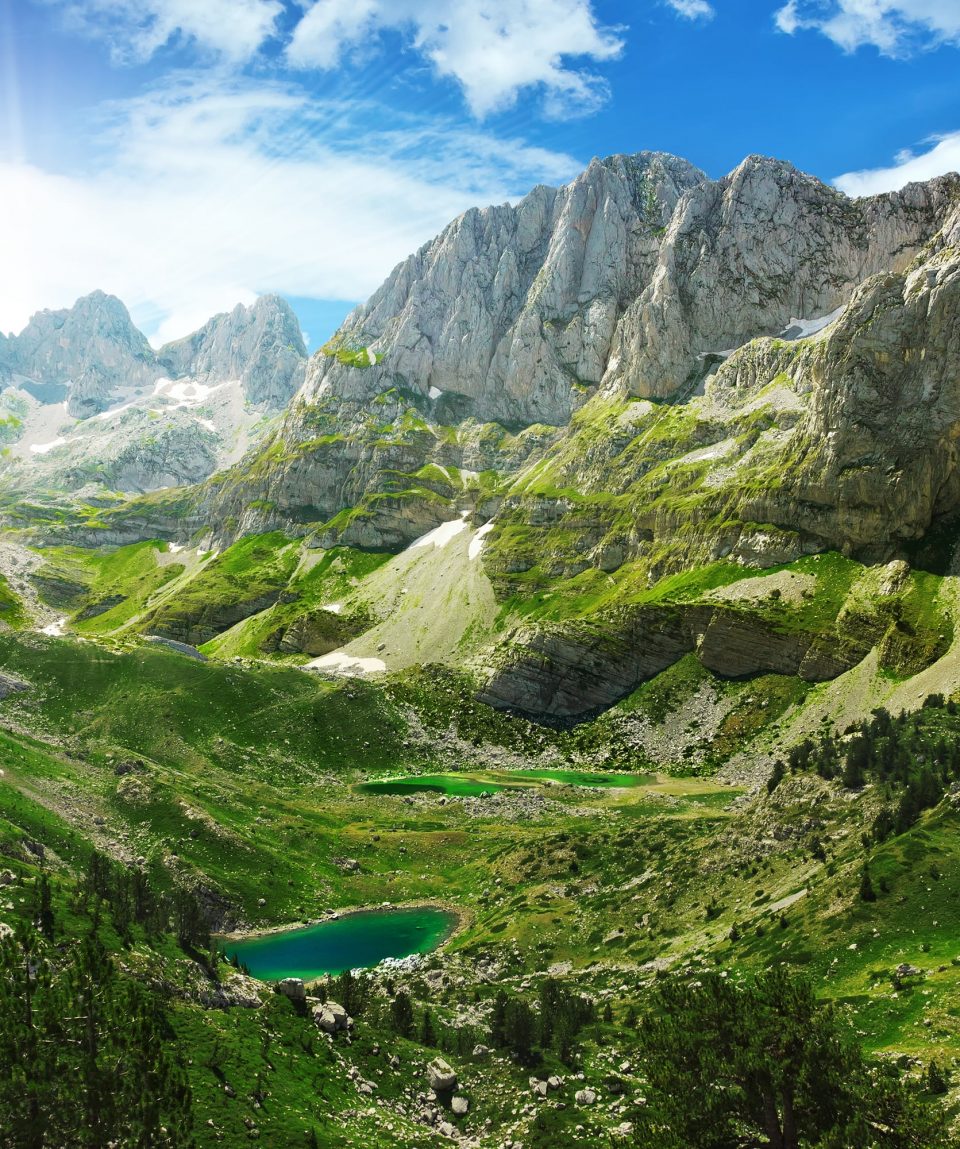
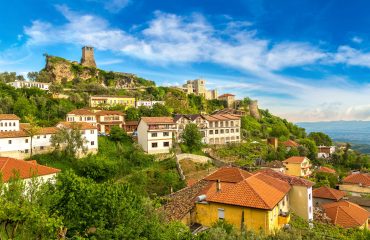
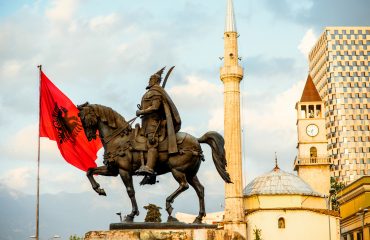
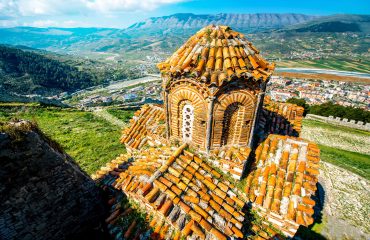
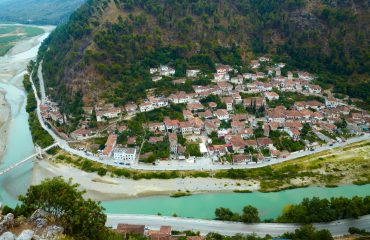
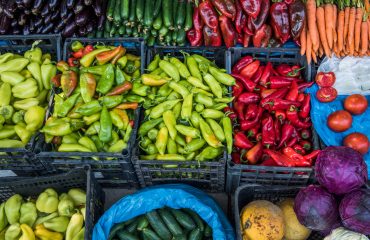
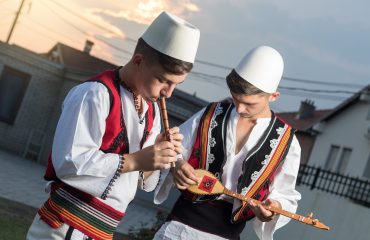
Always happy to go again!
Architecture, nature, people - everything fascinates at first sight. Professional guides have created an incredible atmosphere during the trip. This tour is for impressions and for the soul. Thanks for such a journey entdecke.net.